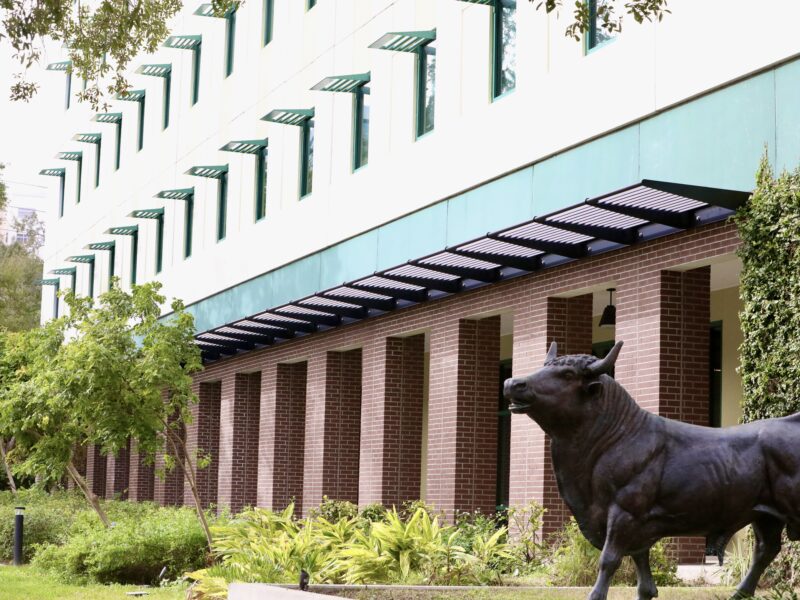For the 8 million students that take out federal subsidized Stafford loans each year, the interest rate may soon double for any loans taken out after July 30.
The interest rate is set to double from 3.4 percent to 6.8 percent, and could mean “up to $5,000 in extra loan repayments after graduation,” according to a March 15 report from the Christian Science Monitor.
In 2007, Congress passed the College Cost Reduction and Access Act. At the time, the interest rate on Stafford loans was 6.8 percent. The bill was meant to lower the interest rate incrementally until 2012, and will expire soon.
President Barack Obama favors renewing the bill, keeping the rate low, saying the extension would save 7.4 million students about $1,000 in interest payments.
Opponents to renewing the lower loan rate have said that if student loan interest rates don’t go up, the burden will land on the taxpayer rather than the student.
A number of lawmakers have spoken in support of the extension. In a Feb. 3 op-ed for The Huffington Post, Rep. Joe Courtney (D) of Connecticut wrote, “Students who took out loans have a responsibility to pay them back. But the government shouldn’t balloon payments at a time when our economy is still struggling to climb back from the worst recession in generations.”
He notes that four-year college tuition rates have risen over 32 percent in the last 10 years; “last year Americans took out more than $100 billion in student loans for the first time in our history,” Courtney said in the Post op-ed.
According to the Christian Science Monitor report, student loan debt totaled $857 billion in 2011. The average student graduates $25,000 in debt, and borrows twice as much as students did a decade ago.
“According to Department of Education data released in September of last year, the percentage of students who default on those loans is increasing as well: 8.8 percent of student borrowers defaulted in 2009, up from 7 percent in 2008,” according to the Christian Science Monitor report.
Lawmakers continue to slice away at state funding to higher education. The new Florida budget will cut $5.1 million of state funding from USF St. Petersburg. While lawmakers have said the cuts—$300 million across the state—are temporary, but universities will need to make up the difference in the meantime.
These cuts also come at a time when politicians are pushing the benefits of STEM degrees—science, technology, engineering and mathematics. State funding is dwindling, but elected officials expect universities to produce more STEM graduates to boost up their vision of the economic future. The cuts put even more burden not just on the universities offering the degrees, but more importantly the students they expect to obtain these degrees. Allowing an increase to the interest rate on the loans many students need to make a college education a reality doesn’t make sense with the goals and realities of the current economic and educational situation.
But whether Congress extends the bill, students must do their part to take out loans and pay for school smartly—be aware of the interest rates and terms of any loans taken out, and don’t borrow more than necessary. Students should live within their means, and the decisions of Congress should reflect that.


